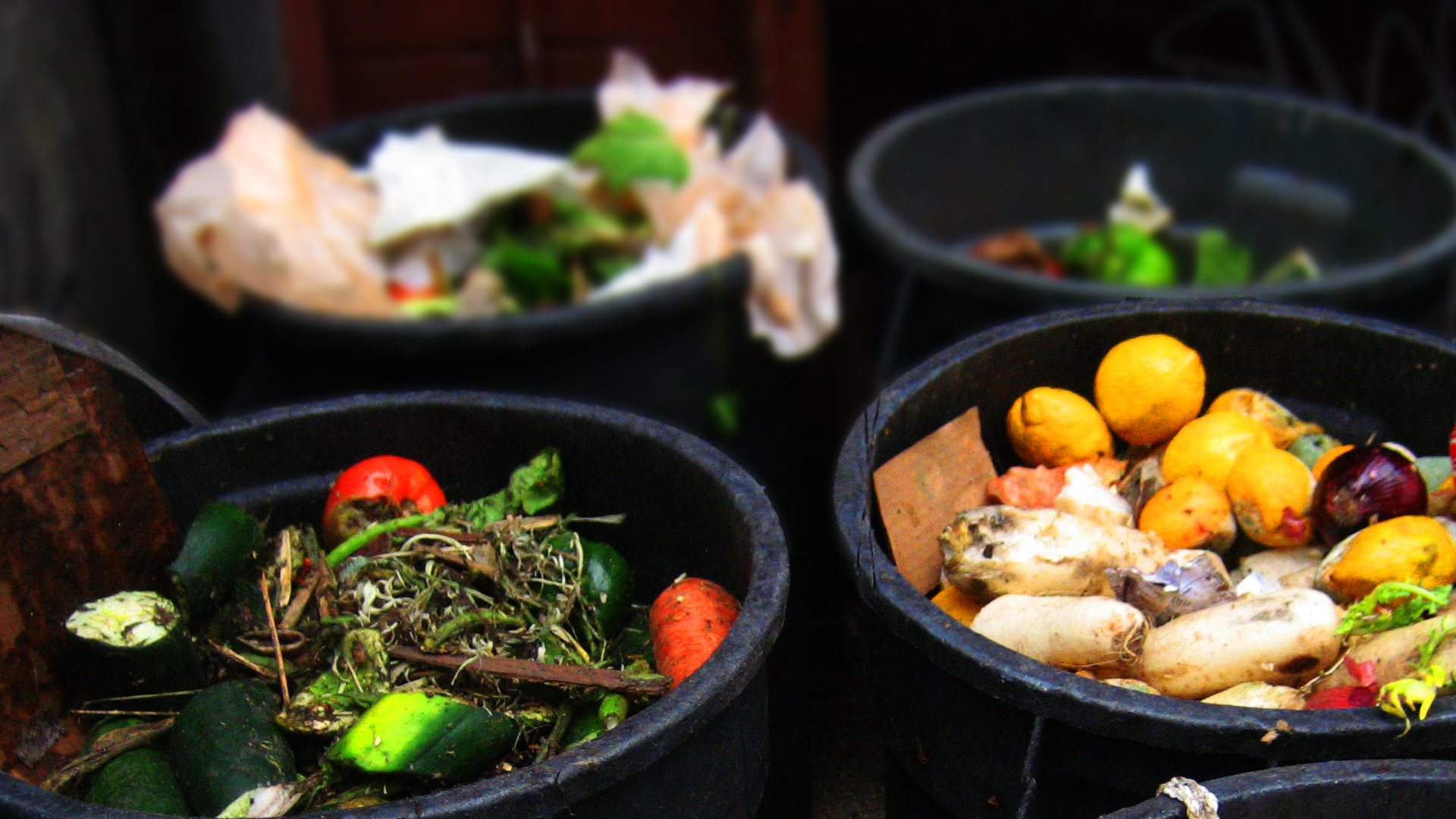 Cruise ship chefs jobs involve cooking delicious food for thousands of people at least three times daily. This does not take into account snacks like fries, ice creams and cookies spread out over the course of the day. With so much food being prepared, there is bound to be wastage.
Cruise ship chefs jobs involve cooking delicious food for thousands of people at least three times daily. This does not take into account snacks like fries, ice creams and cookies spread out over the course of the day. With so much food being prepared, there is bound to be wastage.
In recent times, cruise ship companies have received negative attention for food wastage. However, in any commercial kitchen, it is difficult to completely eliminate waste as much of this depends on the consumer. If a parent orders a side of vegetables for their fussy child who either eats very little or does not touch it, the dish must be thrown out.
But wastage is not just bad for the environment, it is also bad for the bottom line. Reducing kitchen waste can save the company a lot of money. Food waste on cruise ships has been estimated to be as much as 30 per cent, so making changes in house can help a great deal.
One of the easiest ways for cruise ship chefs to reduce wastage is awareness. Understanding the impact of food leftovers and other waste can help them look at how they store and prepare their dishes differently. For example, they can reduce the amount of mass that gets cut off along with the head of a vegetable such as carrots or turnips.
It also helps for chefs to use specialised equipment when cooking. Using paring knives to skin fruit or fillet knives to clean and debone fish allow them to execute the job properly, with minimum wastage. Similarly, using spatulas when transferring food or ingredients from one utensil to another also helps reduce the amount going into the bin.
Food that perishes quickly must be used and stored smartly. The provisions manager assesses the amount of produce required for the days before the cruise ship hits port again and stocks accordingly. Cruise ship chefs must ensure they use the most ripe fruit and vegetables first so they do not go bad.
Those that are slightly overripe can be used in recipes that require them, such as jams and preserves, pickles, soups and stews and even ice cream. Dry bread is very often to make toast and breadcrumbs.
Sometimes, cruise ship chefs can get innovative to reduce wastage. Daily specials are a great way for them to use up food that has already been cooked but not served. Leftovers of the same day like rice can be used to make rice pudding or Asian-style fried rice. Grilled meats and fish have a variety of uses including club sandwiches, soups, wraps, tacos, pot pies and more.
Still, it is important for cruise ship chefs to try and cut wastage before food is prepared. One way to do this is learning about how each person moves in the kitchen. Training sessions allow the entire food and beverage staff to understand the rules of movement in a galley. This means that people in a particular position follow a certain pattern of movement in their work. This not only increases efficiency but also reduces any unintentional bumping that might cause spillage.
Additionally, it helps to store cooked food correctly. For example, storing new batches of mayonnaise to the right of the fridge and older ones to the left increases the chances that the older ones will be used first, particularly when cruise ship chefs are in a rush and don’t have time to read use by labels.
During service, some cruise ships use smaller plates to reduce portion sizes, particularly at all-you-can-eat buffets where guests are more likely to fill up their plates whether they are hungry or not. When serving heavy food such as rich desserts or thick sauces, serving sizes can be reduced to a more appropriate amount.
Food wastage is a vital issue that many cruise ships are trying to tackle to not only help the environment but also reduce financial losses.

